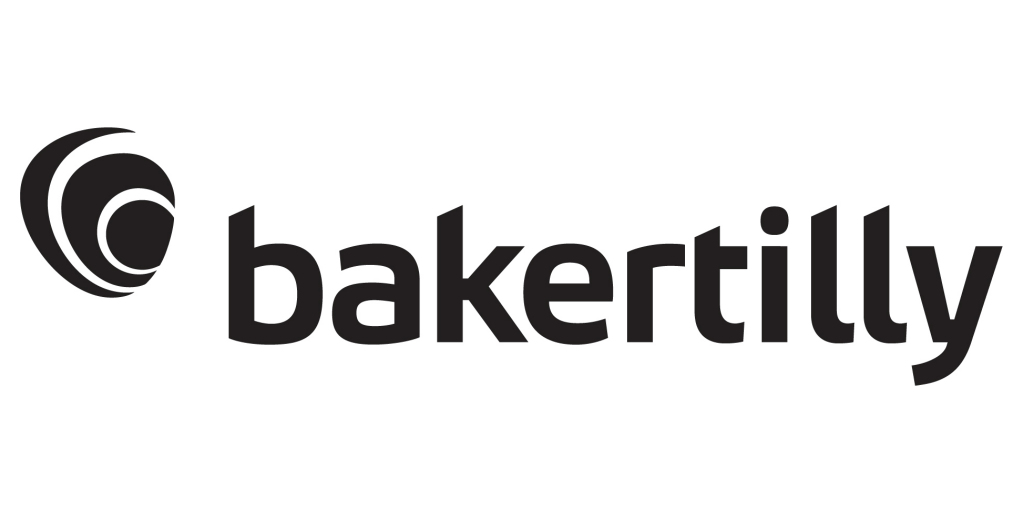Baker Tilly’s Insights on Dealership Succession Planning
Factors such as the aging demographic of dealership owners and impending changes in tax laws put the automotive retail industry on the brink of significant transitions. With the average age of a dealer being around 72 years old, the next 5 to 10 years will see a wave of succession planning and ownership transitions.
In this month’s episode of Up to Speed, Mike Mader, Principal with Baker Tilly’s dealership advisory service team, explores the critical aspects of dealership succession planning and estate management with Jeff Bannon, Partner at Rawls Group. They highlight strategies to maximize lifetime exemption amounts for estate taxes, adapt succession planning during organizational changes and ensure board alignment.
The urgency of succession planning
The dealership space is poised for a substantial transfer of assets, with an estimated $7 trillion expected to change hands over the next decade. This massive shift underscores the importance of strategic succession planning. Currently, the lifetime exemption amount for estate taxes stands at approximately $13.9 million per person, or nearly $28 million per couple. However, this exemption is set to expire at the end of 2025, potentially reducing to around $7 million per individual. This significant reduction creates a narrow window for dealers to transfer assets without incurring substantial estate taxes.
Strategic asset transfers
Dealers must evaluate their exposure to estate taxes and identify which assets to transfer. The goal is to gift assets that are likely to appreciate significantly over the next decade, thereby removing taxable growth from the estate. Typically, the most effective assets to transfer are those that have not yet reached peak performance, such as newly acquired dealerships. By transferring these assets, dealers can minimize estate taxes and ensure that future growth occurs outside the taxable estate.
Balancing financial security and succession
One of the many primary concerns for dealers is maintaining financial security while planning for succession. Dealers often hesitate to transfer large amounts of assets to the next generation, fearing the loss of control and financial stability. It is crucial to create a plan that balances the dealer’s financial independence with the need to prepare successors for future leadership roles. This involves realistic valuation of the dealership’s assets and a clear understanding of the estate tax implications.
Mitigating leadership vacancies
Unexpected leadership changes, such as the loss of a CEO or CFO, can create significant uncertainty within an organization. To mitigate these risks, it is essential to develop a succession plan that includes the constant development of potential replacements. This approach ensures that the organization can continue to function smoothly even in the face of unexpected leadership changes. Key to this strategy is fostering an environment where knowledge and responsibilities are shared, reducing the reliance on any single individual.
Manufacturer approval in dealership succession planning
In the automotive retail industry, the approval of the manufacturer is a critical component of succession planning. Dealers can transfer job titles and responsibilities, but the manufacturer must approve the successor to ensure continuity of the franchise. This approval process can be leveraged to ensure that successors are adequately prepared and meet the manufacturer’s standards. Dealers should engage in early and proactive conversations with manufacturers to outline the steps required for approval, thereby safeguarding the franchise’s future.
The role of the board of directors
As dealership groups grow, the governance environment becomes more complex, necessitating the formation of a board of directors. A well-defined board can play a pivotal role in succession planning by providing oversight and strategic direction. The board’s scope of authority should be clearly defined, allowing the dealer to transition to a role as chairman or chairwoman while delegating day-to-day operations to trusted managers. This structure enables dealers to gradually reduce their involvement in the business while ensuring that strategic decisions are made collaboratively.
Managing family dynamics
Family dynamics can complicate succession planning, particularly when multiple family members are involved in the business. It is essential to establish a common vision and core values that guide the family’s approach to the business. This shared vision helps align the goals of different generations and ensures that everyone is working towards the same objectives. Open communication and a clear delineation of roles can help manage expectations and reduce conflicts.
Preparing the next generation
The transition of leadership from one generation to the next often involves a shift in risk tolerance and business goals. The older generation may prioritize financial security and legacy, while the younger generation may be more focused on growth and expansion. It is important to create a financial plan that provides independence for the older generation while allowing the younger generation to pursue their vision for the business. This balance can be achieved through careful estate planning and the establishment of clear guidelines for decision-making.
Dealership succession planning is a complex but essential process. By strategically managing asset transfers, preparing for unexpected leadership changes and fostering strong governance structures, dealers can ensure the continuity and success of their businesses. Engaging in proactive conversations with manufacturers and aligning the family dynamics with business goals are critical steps in this process. Ultimately, effective succession planning not only protects the dealer’s legacy but also positions the business for future growth and stability.
Are you ready to begin your succession planning? Connect with a Baker Tilly dealership specialist.

